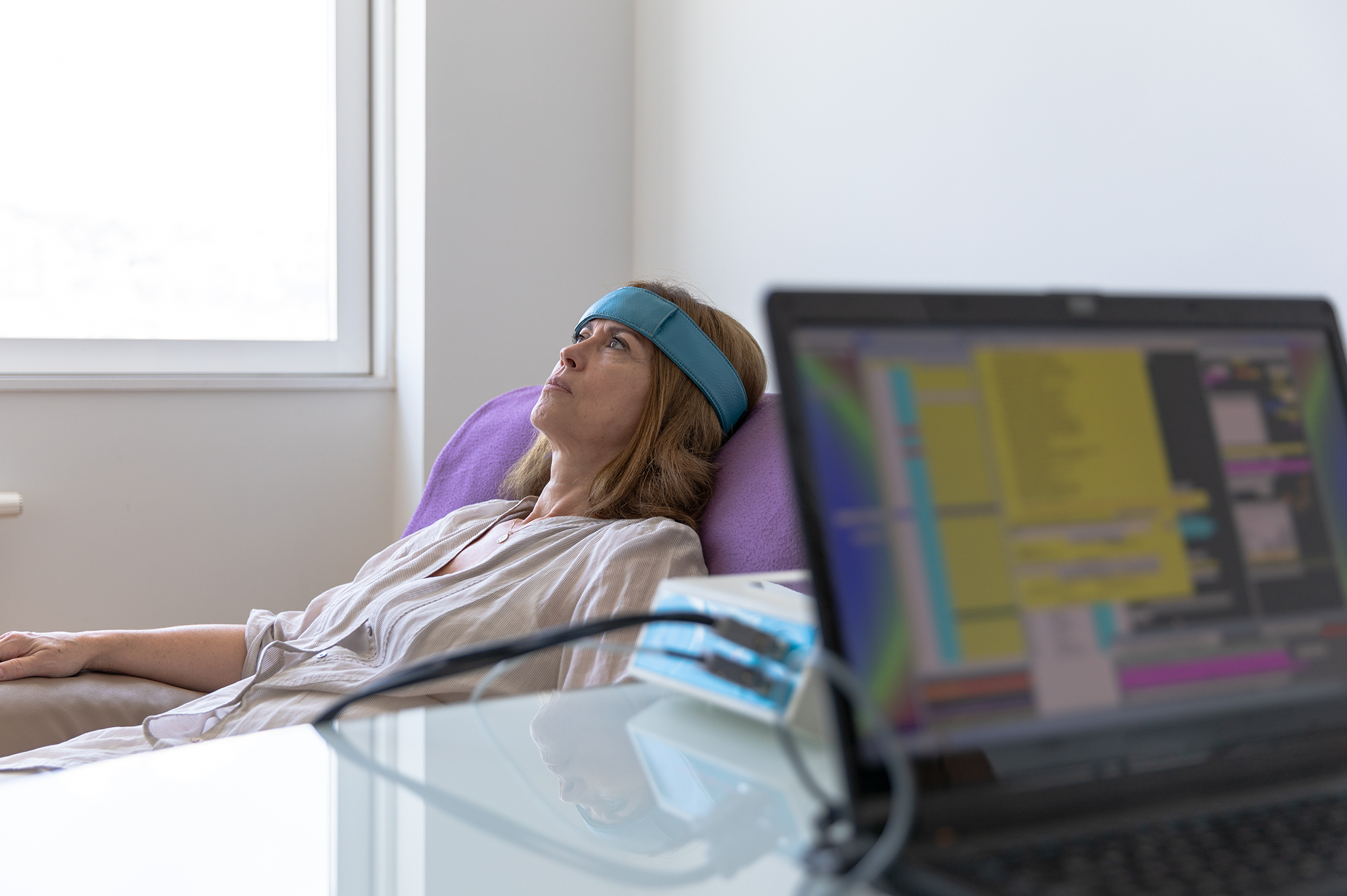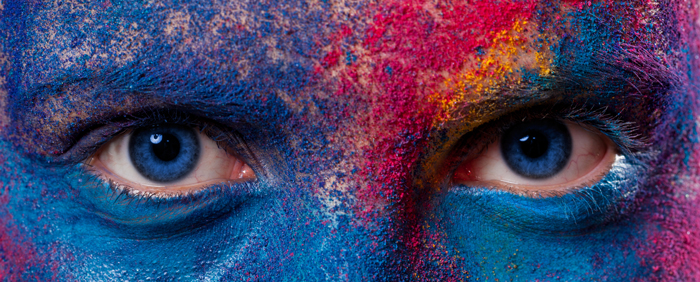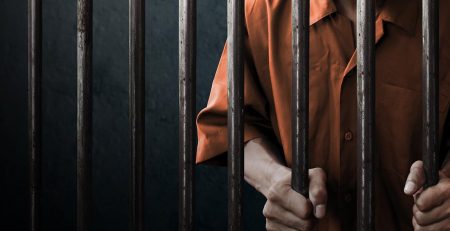Biofeedback therapy is a technique used at both professional treatment facilities and at home to help individuals control certain body functions such as heart rate and breathing. While biofeedback techniques like self-regulation and bodily control have been around for thousands of years, the term wasn’t coined until the late 1960s. Officially researched by Edmund Jacobson and Johann Schultz, the biofeedback device and therapy techniques are now used to help people relax and learn how to self-regulate in stressful situations.
Questions about our Programs?
Our admissions coordinators are available 24/7 to answer any questions you may have as you consider whether treatment at Banyan is right for you or your loved one.
Types of Biofeedback
Biofeedback is a mind-body technique that involves using visual and auditory feedback to teach an individual how to recognize the physical signs of stress and anxiety, including increased heart rate, rapid breathing, and muscle tension. By learning how to control these physical symptoms, people are better able to relax their minds and bodies to better cope with stress.
The goal of biofeedback is to make subtle changes to the body that result in a particular effect. This might include learning how to relax certain muscles, slow heart rate, or reduce feelings of pain. Other functions the individual learns to control with the help of a biofeedback device include:
- Blood flow
- Blood pressure
- Heart rate
- Muscle tension
- Pain sensation
There are various types of biofeedback to help individuals with various ailments learn how to cope. These types include:
- Respiratory Biofeedback: This type of biofeedback involves wearing sensor bands around the chest and stomach to monitor breathing. With training, individuals can learn how to control their breathing in stressful or anxious situations.
- Heart Rate Variability Biofeedback: With heart rate variability biofeedback, patients wear a device connected to sensors in either their ear, fingers, wrists, chest, or torso to monitor their heart rate. This particular technique can be useful for people with asthma and depression.
- Galvanic Skin Response: Also known as skin conductance, this type of biofeedback involves measuring the amount of sweat on the surface of the skin. This is a useful indicator of emotional arousal and stimulation.
- Blood Pressure Biofeedback: This type involves wearing a device that tracks the person’s blood pressure. These devices often guide the user through relaxation techniques that may include visual cues, breathing exercises, or music.
- Thermal Biofeedback (Temperature Feedback): In thermal biofeedback, patients wear sensors that detect blood flow to the skin as well as their body temperature. Because body temperature tends to drop during times of stress, this technique can help the individual better detect what causes them stress.
- Neurofeedback (EEG Biofeedback): Neurofeedback utilizes electroencephalography (EEG) to measure brain wave activity. This treatment has proven effective for people with attention–deficit/hyperactivity disorder (ADHD), pain, addiction, anxiety, depression, and other disorders.
- Electromyography: With electromyography, sensors are placed at various points on the body and connected to an EMG device. This device then detects changes in muscle tension.
What Is a Biofeedback Machine?
Also known as a serenity bed or biofeedback bed, a biofeedback device is a bed where patients lie down to receive treatment. The patient lays on the serenity bed with a screen in front of them. After they put on headphones, a calming voice instructs the individual on how to breathe and relax their muscles. The patient can see their breathing patterns represented on the screen as small circles that move up and down.
This is one of the grounding techniques that help patients to breathe through any discomfort. Then, a black-and-white image shows on the screen. Colors will pop up in the image as the person regulates their breathing. The calmer the breathing, the more colorful the picture. This provides a visual representation of the patient’s breathing to offer them more direction.
For the next portion of treatment, the patient may wear darkening sunglasses and noise-canceling headphones and listen to soothing music and sounds. Along with auditory stimulation, the biofeedback device itself may also vibrate softly to encourage calm breathing.
The final exercise involves helping the patient use their stomach to open their diaphragm and further control their breathing. They once again use their breath to fill the image on the screen and control the pace of their breathing. Biofeedback devices play an essential role in this form of therapy as they allow a place for the patient to lie down and relax.
Get a Free Insurance Verification Today!
"*" indicates required fields
Find a Biofeedback Therapist Near Me
Our Banyan Lake Worth rehab uses biofeedback for addiction and mental illness to help patients address the physical symptoms of stress and anxiety that are common in recovery. Not only can this form of therapy help the individual feel better in the moment, but it also teaches them how to self-regulate in difficult situations outside of rehab.
In addition to biofeedback, our facility offers other addiction therapies as well as substance-specific addiction treatment in Lake Worth. For more information about our residential drug and mental health care, call Behavioral Health of the Palm Beaches today at 561-220-3981.
Related Reading:













